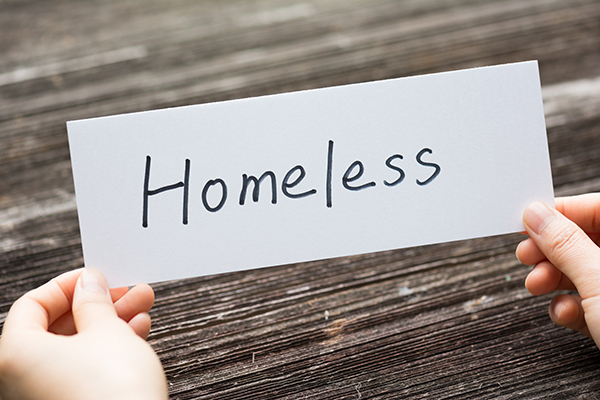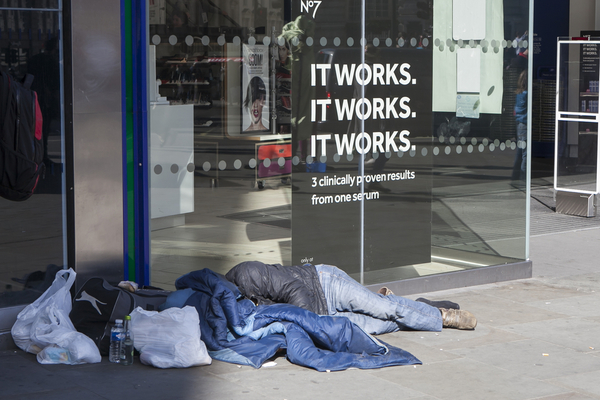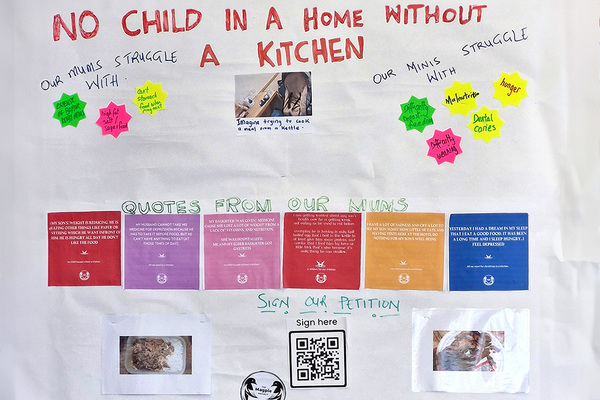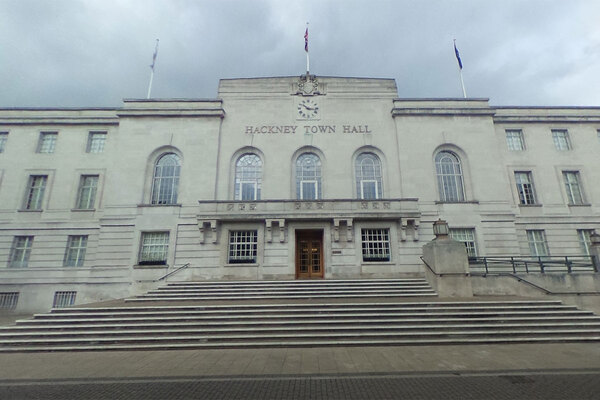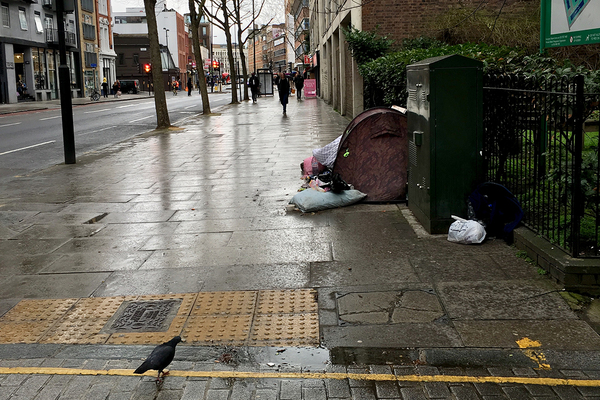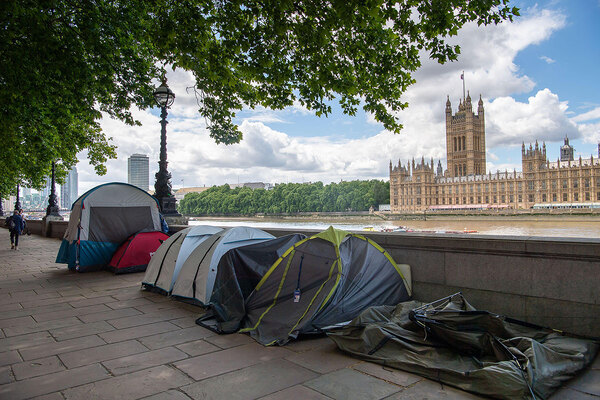You are viewing 1 of your 1 free articles
Rough sleeping set to shoot up by more than 75%, Crisis warns
Rough sleeping will rise by more than 75% over the next decade if policies are not changed, according to new analysis by academics and commissioned by Crisis.
The analysis carried out by Heriot-Watt University academics found that if current homelessness policies remain unchanged, then the estimated number of rough sleepers could shoot up by 76% – from 9,100 in 2016 to 16,000 in 2026.
The report also looked at other forms of homelessness including households who are sofa surfing, those in unsuitable temporary accommodation, in hostels and in other circumstances such as sleeping in tents or cars.
The report estimates that at any one time in 2016 across Britain, there were:
- 9,100 rough sleepers
- 68,300 households sofa surfing
- 19,300 households in unsuitable temporary accommodation
- 37,200 households living in hostels
- 26,000 households in other circumstances such as sleeping in tents, on public transport, in cars, women’s refuges, winter night shelters or living in squats
The academics warned that these overall numbers are estimated to increase by 26.5% over the next 10 years and the number of households in unsuitable temporary accommodation is set to nearly double, up by 93%.
The analysis also looks at how different homelessness policies could impact on this projected rise. A 60% increase in new housing could reduce levels of homelessness by 19% by 2036, while more homelessness prevention work could reduce levels by 34% in the same period.
The Homelessness Reduction Act recently passed into law, which places greater responsibility on councils to prevent homelessness. The government has also committed to piloting Housing First, which was one of Inside Housing’s Cathy at 50 campaign asks.
Jon Sparkes, chief executive of Crisis, said: “This year Crisis marks its 50th anniversary, but that’s little cause for celebration. We still exist because homelessness still exists, and today’s report makes it only too clear that unless we take action as a society, the problem is only going to get worse with every year that passes. That means more people sleeping on our streets, in doorways or bus shelters, on the sofas of friends or family, or getting by in hostels and B&Bs. In order to tackle this, we need to first understand the scale of the problem.
“Yet we can’t do this alone, which is why we’re calling on the public to back our Everybody In campaign and help us build a movement for change. Together we can find the answers, and make sure those in power listen to them.”
In response to the research, Judith Blake, housing spokesperson at the Local Government Association, said: “Councils want to end homelessness. As we have warned, councils are housing the equivalent of an extra secondary school’s worth of homeless children every month. For families, rising homelessness is tragic. For councils housing homeless people, it is unsustainable.
“Homelessness is everyone’s business, and councils need the help of health, employment, and housing partners to deliver ambitions to end it. In particular, councils need to be able to adapt the implementation of some welfare reforms to ensure there are housing options for people on low incomes.”
This is the first part of a two-pronged report with the second part examining “wider homelessness”, including people at risk of homelessness or those who have already experienced it, such as households that have been served an eviction notice and those in other forms of temporary accommodation.
